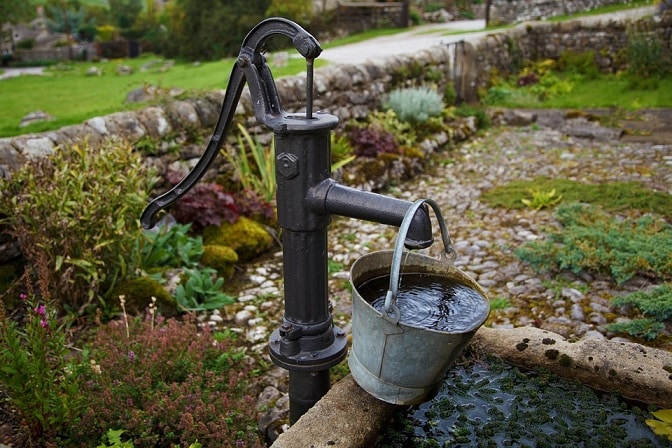According to the Joint Monitoring Programme (JMP) report, Progress on drinking water, sanitation and hygiene: 2017 update and Sustainable Development Goal baselines, around 2.1 billion individuals (30%) globally lack easy access to safe drinking water at home and a further 4.5 billion (60%) lack safe sanitation.
The combined World Health Organisation (WHO) and UNICEF report, which is the first global assessment of safely managed drinking water and sanitation services, concludes that too many people still lack access, particularly in rural areas.
Dr Tedros Adhanom Ghebreyesus, WHO Director-General, said: Safe water, sanitation and hygiene at home should not be a privilege of only those who are rich or live in urban centres. These are some of the most basic requirements for human health, and all countries have a responsibility to ensure that everyone can access them.
While it is true that billions of individuals have gained access to basic drinking water and sanitation services since 2000, those services do not necessarily provide safe water and sanitation. There is still a shortage of soap and water for handwashing in many schools, healthcare facilities and homes, which means that the health of many, especially young children, are still at risk for water-related diseases such as diarrhoea.
A staggering 361 000 children under 5 years of age are still dying every year due to diarrhoea, and contaminated water and poor sanitation are also linked to dysentery, hepatitis A, cholera, and typhoid.
UNICEF Executive Director Anthony Lake says, Safe water, effective sanitation and hygiene are critical to the health of every child and every community – and thus are essential to building stronger, healthier, and more equitable societies. As we improve these services in the most disadvantaged communities and for the most disadvantaged children today, we give them a fairer chance at a better tomorrow.
Get bottled water coolers and mains water coolers from Living-Water.






